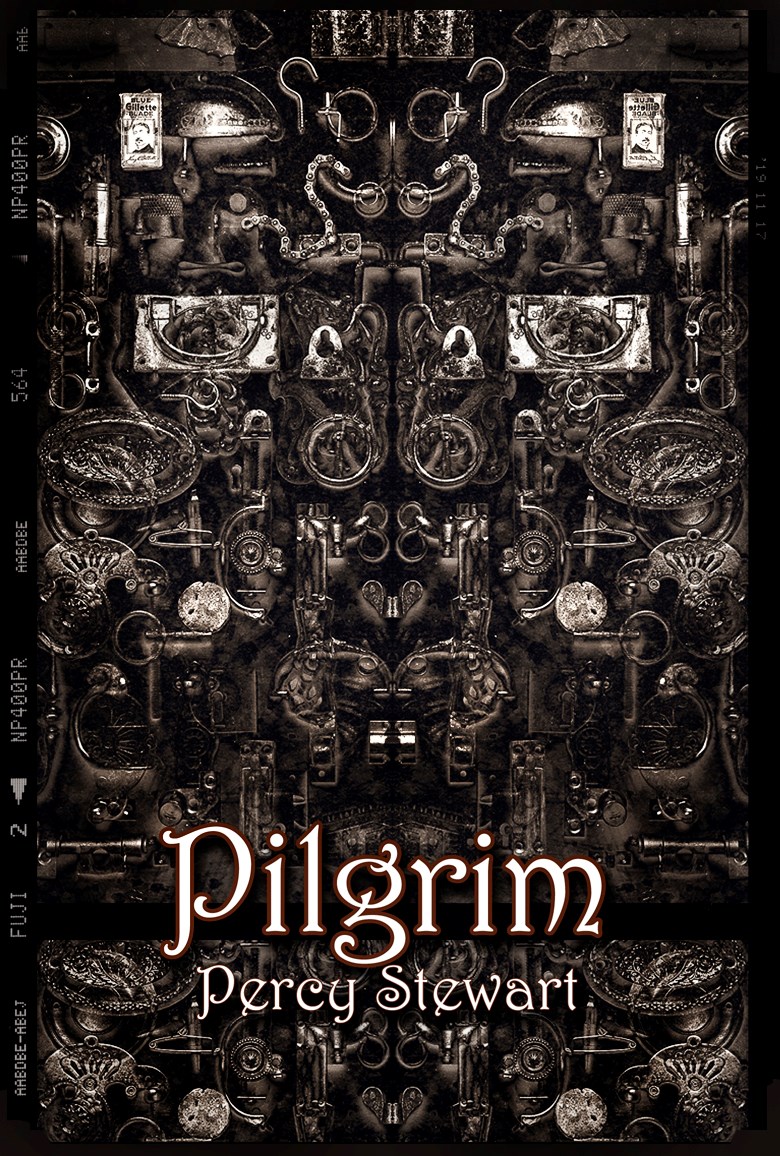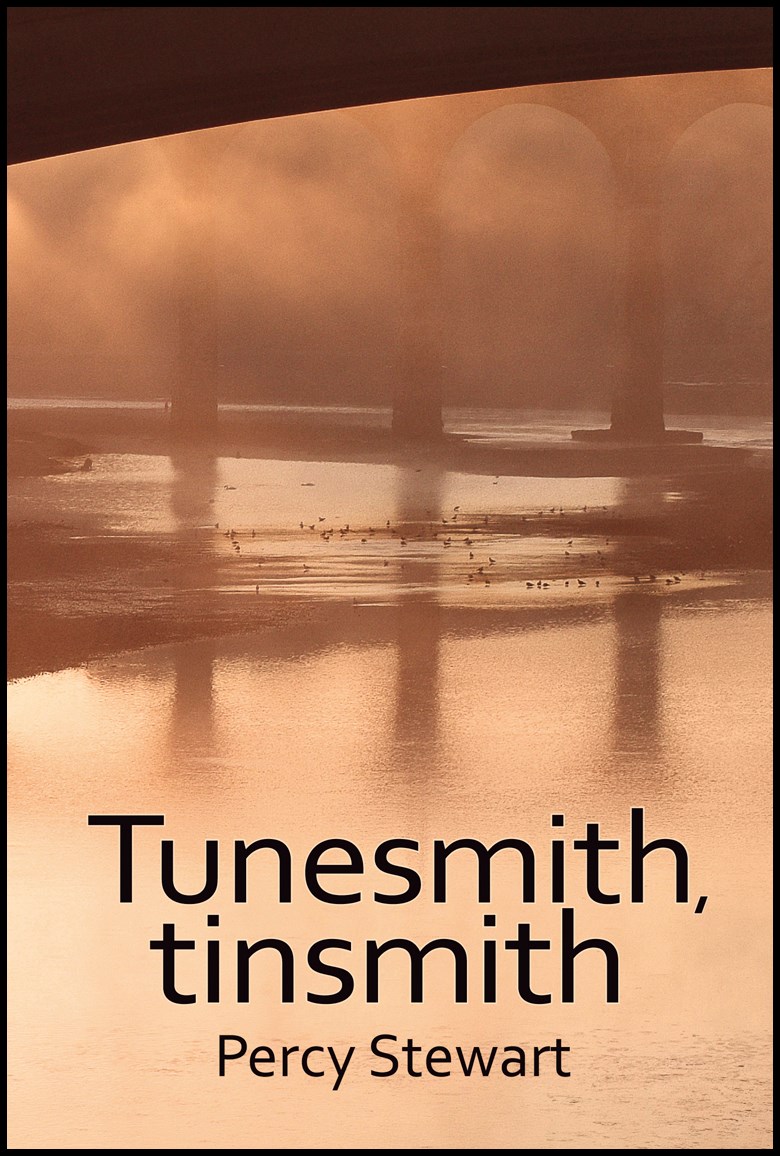Fact or fiction?
Tunesmith, tinsmith is littered with references to music, prehistory, literature and art. The novel hovers somewhere between a fictional world and facts which anyone can verify.
'The key to understanding Tunesmith, tinsmith lies in a beautiful book given to me in Italy over forty years ago. Two photographs in that book had huge significance for the ideas which I was developing in Jacques' story, so I decided to refer to them directly in the title, and in the text itself.
'Anyone reading Tunesmith, tinsmith will be able to check such details, by searching in real books and listening to real music made by people who put their heart and soul into their work, like the tinsmith whose humble craft was at the very heart of village life.
'Though the central stories are fictional, these books are all about real life...direct contact between human beings and the real world in which we live. To my mind there is not one single interesting thing to be said about the technology which is reshaping our world, whereas real life and real people are endlessly fascinating!'
Treasure-hunt
'Many of the references in Tunesmith are to real places and real works of art. These stories are like a treasure-hunt and it is charming when someone who knows a location well tells me that they have recognised it on the pages of the books. If reading the book makes someome want to play one of their favourite records...or make a loaf of bread as Jacques often does, that is wonderful, too!'
Surreal quality
Percy Stewart's fictional world grows larger as the trilogy develops. The extraordinary cover of Pilgrim has a surreal quality, yet every component in it is real...a foretaste of the interplay between reality and dreams in the novel.
Once Jacques has come to terms with his father's mysterious past, in Tunesmith, his own life as a Pilgrim strays further and further from everyday events in the Tweed Valley. In Feeding the vultures he is completely free to travel, in reality and in his imagination.

